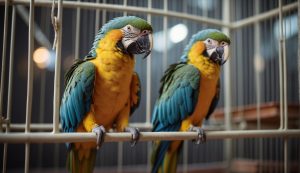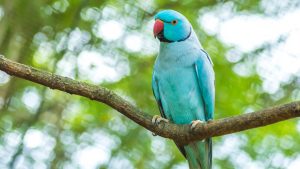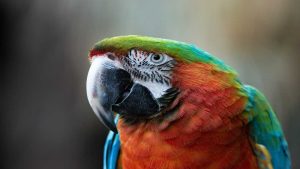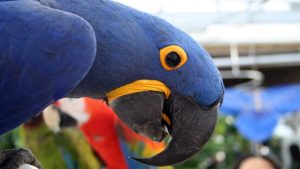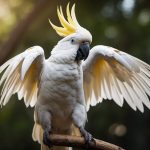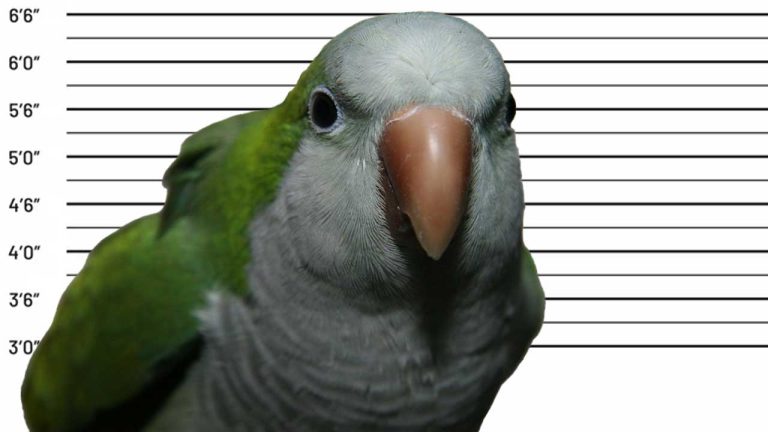Do Parrots Understand What They Say? Unraveling the Mystery
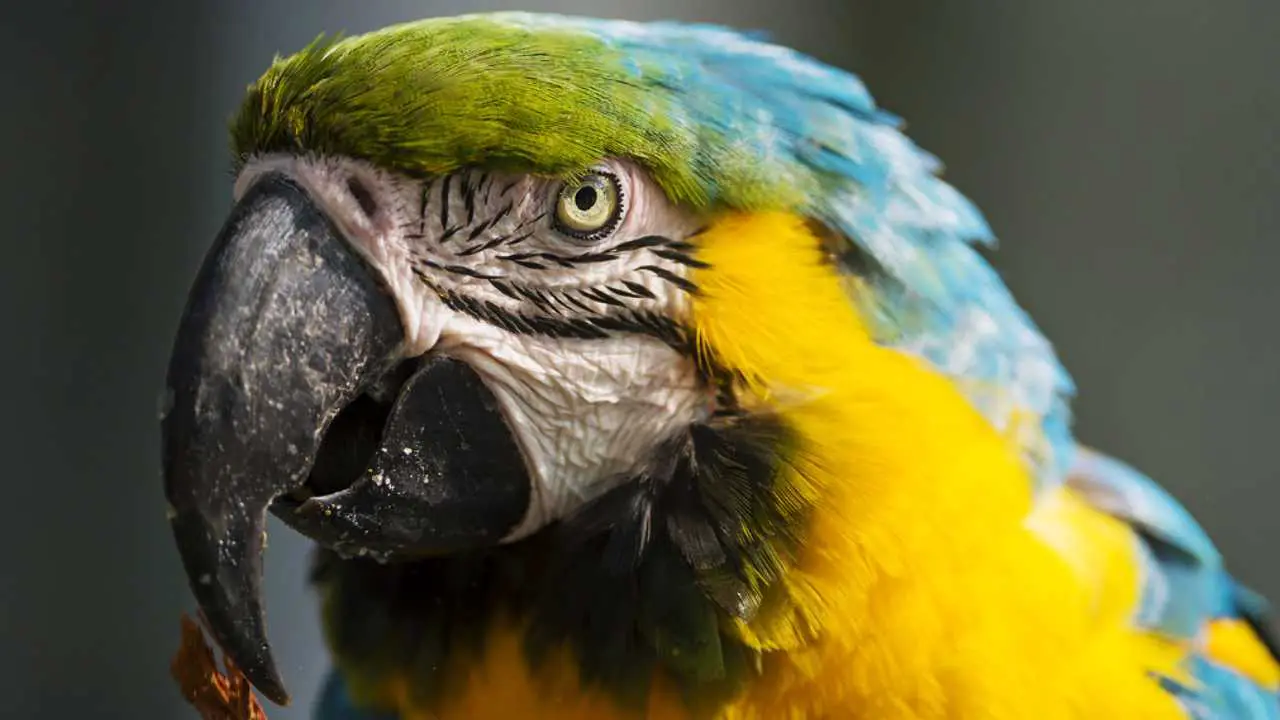
As a parrot enthusiast, I’ve always been fascinated by their incredible ability to mimic human speech. This unique talent has led many to question whether these intelligent birds actually understand the words they’re saying or if they’re simply imitating sounds.
While some may argue that parrots possess a certain level of understanding, others believe that their vocalizations are nothing more than mere mimicry.
Upon delving deeper into this intriguing subject, I discovered that there is much debate among experts on the true cognitive abilities of parrots.
Some argue that parrots can grasp the meaning behind their spoken words, while others maintain that their comprehension is limited.
But it’s important to note that research on this topic is still ongoing, and our understanding of parrot cognition continues to evolve.
Experiments have been conducted to investigate parrot intelligence and communication, allowing us to appreciate the impressive cognitive abilities these birds possess. Nevertheless, the question remains: do parrots truly understand what they say, or are they merely echoing sounds they have learned? As I explore this topic further in the following paragraphs, I hope to uncover some clarity on this fascinating enigma.
Table of Contents
The Language Abilities of Parrots
Vocal Mimicry and Speech Imitation
In my research on parrot language abilities, I’ve found that parrots are of-course well-known for their vocal mimicry and speech imitation skills. They have the unique ability to replicate human language with impressive accuracy.
Not only can they mimic words and phrases, but they can also imitate the tone and pitch of the human voice, making their speech sound quite similar to that of people.
One reason for their exceptional abilities in vocal mimicry is their complex vocal anatomy.
But the question remains whether parrots actually understand the words they are saying. While there is some evidence that certain species possess a degree of understanding, it is important not to overstate or generalize these findings across all parrot species.
Research on a few specific cases, like the African Grey Parrot, has revealed fascinating insights into the cognitive abilities of these birds. One study investigated whether the African Grey Parrot could label cardinal sets, showcasing that parrots might be more than just mimics.
Species with Strong Speaking Abilities
Among the many species of parrots, some have garnered more attention for their speaking abilities. African Grey Parrots, for example, are highly intelligent birds known for their advanced language skills. They have been observed using and understanding a vast range of words and phrases.
Yellow-naped Amazon Parrots are also known for their vocal abilities. These birds can learn and use a significant number of words, often imitating voices and tones quite accurately. Amazon parrots, in general, show a propensity for vocal intelligence and adaptability.
Budgerigars, also known as parakeets or budgies, possess an incredible ability to mimic the human voice. While they may not have the same level of understanding as African Greys or Amazon Parrots, they can still be effective communicators.
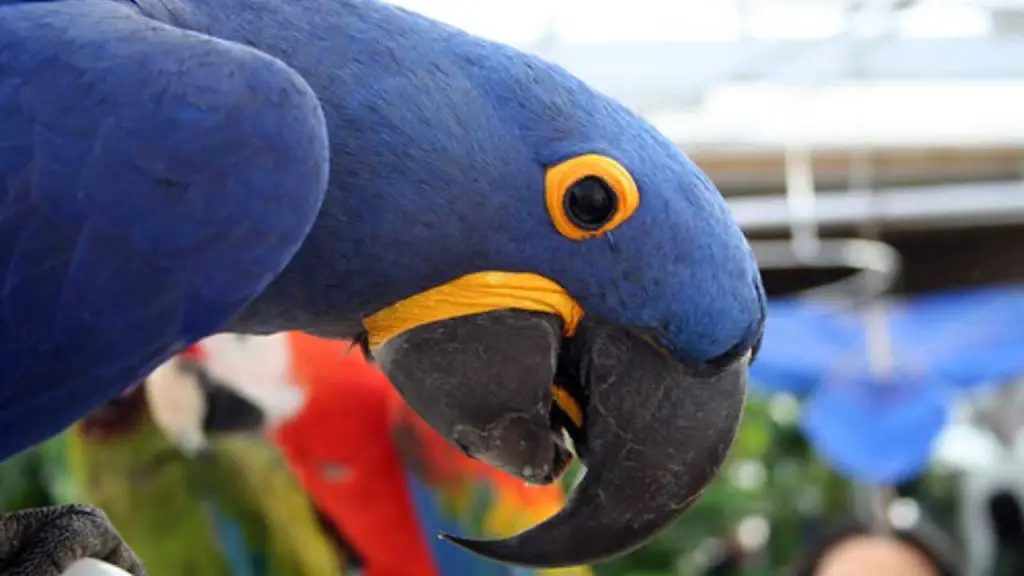
Macaws and Cockatoos are well-known for their vibrant colors and playful personalities but may not be as advanced in language abilities compared to African Grey Parrots. They can imitate human phrases, but their understanding of the words they say may be more limited.
While not all parrot species possess the same level of language comprehension, many display remarkable abilities in vocal mimicry and speech imitation. This fascinating topic warrants further research to better understand the cognitive abilities behind the speaking skills of our feathered friends.
Parrots Understanding of Context
In my experience researching and observing their behavior there is a fascinating debate surrounding whether they are actually able to understand the phrases they say. In this section, I will explore their cognitive abilities and comprehension, as well as their ability to recognize and respond to commands.
Cognitive Abilities and Comprehension
From my research, I’ve discovered that parrots are considered highly intelligent birds, with some species, such as African Greys, being particularly renowned for their advanced cognitive abilities. One famous African Grey parrot named Alex demonstrated a remarkable understanding of human speech, showing that these birds might possess the brainpower to comprehend the words and phrases they mimic. Alex was able to learn a vocabulary of over 100 words and could even use language in a contextual manner, indicating a deeper comprehension than mere noise imitation.
Studies have shown that, to some extent, parrots can:
- Understand the meaning behind words
- Associate words with objects and actions
- Recognize and categorize objects based on color, shape, and texture
However, it’s essential to consider the potential limitations of parrots in terms of their understanding and the complexity of human language. The extent to which they understand these words and phrases can vary greatly depending on factors such as the individual bird, their species, and the level of interaction and training provided by their owners.
Recognizing and Responding to Commands
Another fascinating aspect of parrots’ cognitive abilities is their capacity to recognize and respond to various commands. This can be seen as a form of communication, as they are able to process and interpret the meaning behind the human speech directed at them. In my experience, I’ve seen parrots obey basic commands such as “step up” or “come here” when their owners use these phrases with a consistent tone and context.
Moreover, certain species, including African Greys and other intelligent parrot breeds, have shown an even greater capacity for understanding complex commands. This further supports the notion that their comprehension of human speech goes beyond mere mimicry and indicates a level of contextual understanding. It is important to note, however, that recognizing and responding to commands does not inherently equate to a full understanding of the human language, but rather suggests a degree of communication and interaction between parrots and their owners.
It is essential for parrot owners and enthusiasts like myself to continue learning more about these fascinating birds and their cognitive abilities. Identifying their level of understanding human speech, as well as the extent to which they can communicate with us, can help us better care for these intelligent creatures and enrich their lives.
Learning and Retention in Parrots
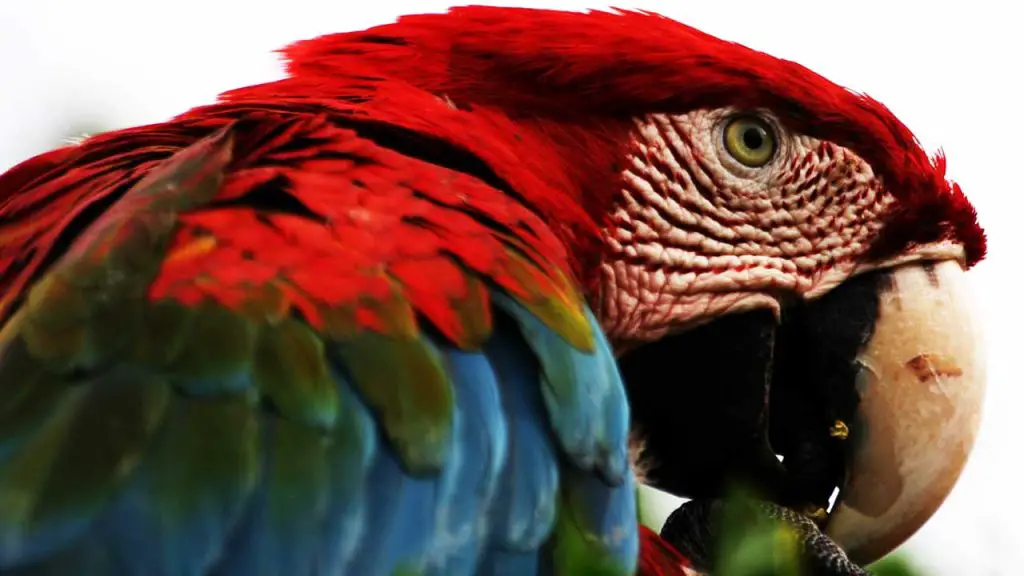
Memory and Repetition of Words and Phrases
During my research, I discovered that parrots excel in learning vocal patterns and imitating words and phrases. They possess an impressive memory, enabling them to retain and repeat a vast range of sounds, including human speech. A study on vocal learning in grey parrots demonstrates their outstanding ability to mimic spoken words and phrases, suggesting a strong link between their auditory skills and memory capabilities.
Moreover, I found that repetition plays a crucial role in enhancing parrots’ linguistic abilities. The more they hear certain words or phrases, the more likely they are to remember and imitate them accurately. This form of learning is remarkably similar to how humans acquire language, emphasizing the importance of exposure to speech for both species.
Social Interactions and Language Development
Another essential aspect of parrots’ language development is their social interactions. In a study on vocal plasticity in budgerigars, researchers found that these birds tend to learn specific contact calls when they are exposed to social environments. This observation suggests that social factors significantly influence their language-learning process. Consequently, the more I interact with a parrot, the more it is likely to develop its communication skills.
Furthermore, I noticed in my research that parrots are not only capable of imitating human speech but also the intonation and emotional nuances. This understanding allows them to better adapt to social environments and form bonds with their human counterparts. As a result, nurturing a positive and engaging relationship with parrots may lead to improved cognitive and linguistic development.
In summary, it’s evident that memory, repetition, and social interactions play essential roles in parrots’ language-learning capabilities. By considering these factors and providing stimulating environments, I can better understand and appreciate the complexity of these fascinating birds.
Frequently Asked Questions
How do parrots mimic human speech?
Parrots mimic human speech by controlling the muscles in their vocal organ, called the syrinx. This allows them to imitate the sounds they hear in their environment. I have found that their ability to mimic speech may be influenced by their exposure to human interaction and the level of attention given to them by their human caretakers.
Do parrots have the ability to comprehend language?
There is some evidence that suggests parrots can comprehend language to a certain extent. For example, the African Grey parrot is known to use vocalizations contextually, like humans do. Still, the extent of their understanding and ability to process the complex grammar and syntax of human language remains debated among researchers.
Are parrots capable of recognizing emotions?
While it’s difficult to know exactly what a parrot perceives, their behavior can show sensitivity to human emotions or moods. I have seen cases where parrots might act more friendly or affectionate depending on their owner’s mood, suggesting they might have some ability to recognize emotions.
Can parrots engage in conversations with humans?
While parrots can mimic human speech and seemingly answer questions, it’s not the same as having a conversation. Their responses are limited to what they’ve been exposed to and learned. I have observed that it’s common for parrots to repeat phrases or mimic speech patterns without necessarily understanding the underlying context or meaning.
Do parrots have the ability to recognize their own names?
It is possible that parrots can recognize their own names or specific vocal cues. I have noticed that some parrots respond to being called or associate certain words or phrases with specific actions or rewards.
This suggests they might be able to differentiate between different sounds and associate them with specific meanings.
How do parrots learn to speak different languages?
Similar to learning human speech sounds, parrots can learn different languages by mimicking the sounds and words they are exposed to.
I find that the more interaction a parrot has with diverse languages or accents, the broader their range of vocalizations becomes.
They learn these languages much like they learn new words or phrases, through imitation and repetition.

